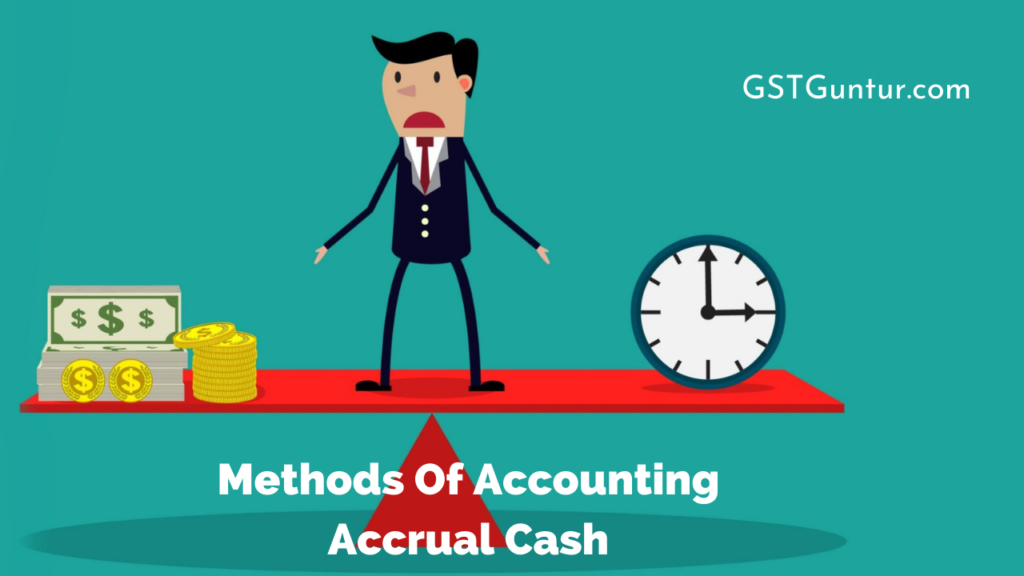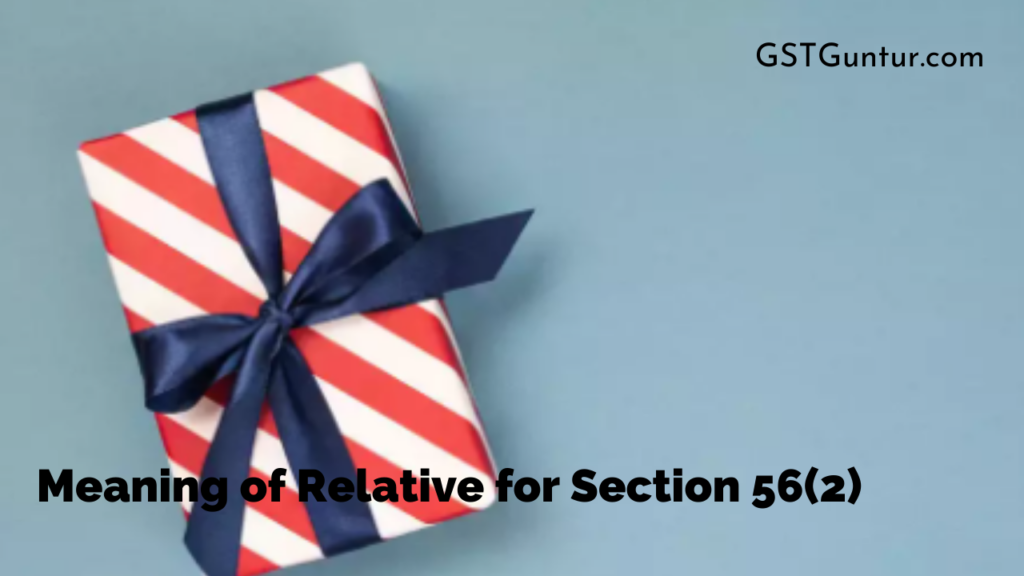About the Legislative Assembly Member (MLA)
The Indian political structure has a three-tiered federal design, with every level providing administrative positions. According to the Constitutional Provisions of India, the Federation or Central Government is the country’s highest regulatory assemblage.
It outlines a portion of its responsibilities to the representative federal entities that represent each state’s State And local governments. This is the second level in the construction.
In other words, each state is vested with exclusive constitutional action and is overseen by the governing authorities in each state. The local-level Government of Panchayats and Municipalities is the third layer of the federalist system.
The State Legislative Assembly is the legislative body of a state in India. Much the same as the central Government has the Parliament as its legislative body, and each state has its own regional Parliament called the legislative assembly.
The parliament-passed legislation, on the other hand, stretches to the whole country. Instantaneously, the provisions issued by the state legislative assembly correspond only to that particular state.
State Legislative Assembly is likewise called Vidhan Sabha. In addition, states either have a unicameral or bicameral assembly.
Unicameral typically includes only one legislative chamber, whereas bicameral refers to having two authoritative chambers.
In the bicameral framework, the lower House of a state’s legislature is categorized as the State Legislative Assembly, and the upper House is known as the State Legislative Council.
India as a country consists of 28 states and nine union territories. 22 of the 28 states have unicameral state legislatures, while six have bicameral state legislatures. Three of the nine union territories have state legislative bodies.
What Exactly is a Member of the Legislative Assembly?
MLA is an abbreviation for Member of Legislative Assembly. A state legislative assembly a particular number of electorates relying upon the state’s demographics.
A candidate is chosen directly by the constituency members and who at that point becomes a Member of the Legislative Assembly or MLA. MLAs are elected for a five-year term.
Qualification Standards for an MLA Candidature
- A person must be a citizen of India and must be at least 25 years old.
- A person must also be a suffragist or elector for any Legislative Assembly constituency in that state under the Representation of the People Act, 1951.
- An individual does not hold any profit-making office under the Government of India or any state government other than a Minister for the Indian Union.
- A person’s mind must be of sound mental health.
- An individual cannot remain an MLA if he or she has been convicted by a court or charged and convicted in any particular case, according to the Representation of the People Act, 1951.
The Procedure Followed for Electing an MLA
After the Legislative Assembly’s current tenure expires, the members are elected directly by the voters of each district. Elections to the Legislative Assembly are organized in each state at regular intervals on a five-year cycle.
One should take note of the fact that the assembly elections to every one of the states are not held together around the same time. Representatives are directly elected by an electorate that votes in accordance with universal suffrage.
Each Legislative Assembly Member is expected and essentially needed to address and voice the worries of their constituents.
The Governor of a state has the authority to choose one individual of the Anglo-Indian minority when they believe that the community does not have sufficient representation in the assembly and needs satisfactory portrayal.
The MLA’s Position and Duties
- Legislative authority – MLAs utilize their parliamentary power when it comes to enacting legislation. A bill will not become law in the event that the bill doesn’t gain the approval of the majority of MLAs in the House.
- Financial authority – The legislative assembly makes all economic decisions. It would be not easy to pave the way for the entire state’s development without appropriate monetary, budgetary allocations. After submitting a concise report of formative exercises in their separate legislative constituency, MLAs receive budget approval from the state.
- Electoral rights – When it is time to choose the President of the country, elected MPs and MLAs are given the opportunity to carry out their electoral obligations. They vote in Favour as to who will become the succeeding President.
- Executive authority – The efficacy of any scheme is dependent on its timely execution. MLAs discharge their corporate management here. They must guarantee that all potential recipients receive the guaranteed advantages. Aside from that, MLAs maintain that government offices do their part appropriately.
- Constructional rights – Based on the current Constitutional Provisions of India, a portion of the state rules can be changed if a bill has the assent of at least half of the elected MLAs in the provincial legislature.
An MLA’s Pay
A Member of the Legislative Assembly of a state in India, as a Member of the Parliament of the nation, receives few different recompenses other than the fundamental compensation, such as constituency compensation, sumptuous remittances, expense allowances, and day by day recompenses.
MLAs’ annual remuneration fluctuates, relying on their month-to-month pay rates determined by the particular jurisdiction.
According to the provisions, as mentioned in Article 164 of the Indian Constitution, the allowance of an MLA in the country is determined by the respective state legislatures. As a result, it differs starting with one state then onto the next.
Telangana currently pays the most significant wage to MLAs, Rs. 2.5 Lakh a month, compared to other states. Tripura, on the other hand, offers the lowest paycheck to MLAs at Rs. 17,500.
Different Additional Advantages
Aside from their monthly income, MLAs often obtain additional resources to pay other expenditures. They have an everyday stipend for gasoline bills. Besides that, government authorities cover both their official and recreational tours.
The state authority compensates their office personnel. The Government also provides them with medical services. As a duly elected MLA, each and every one of them is entitled to extra payments to pay for lodging, phone and other communication services, and utility bills.
Former MLAs are Eligible for A Pension
When a member retires from their MLA role, they are entitled to a pension for life from the provincial Government.
The sum of the grant will be determined by the last paycheck received. If the previous MLA dies, his or her partner will receive the benefit of the pension as a family pension.
Each state has Its Own Pay Structure
The salaries paid by different states are listed below.
- Telangana offers a salary of 2,50,000 (Two lakh fifty thousand) per month to the members of the legislative assemblies.
- Uttar Pradesh pays a monthly salary of Rs.1,87,000 (One lakh eighty-seven thousand) to the Members of the legislative assembly.
- Andhra Pradesh offers a monthly remuneration of Rs.1,30,000 (One lakh thirty thousand) to the Members of the legislative assembly.
- Delhi offers a salary of Rs.2,10,000 (Two lakh ten thousand) per month to the Members of the legislative assembly.
- Maharashtra has a salary structure of Rs.1,50,000 (One lakh fifty thousand) per month for the Members of the legislative assembly.
- Members of the legislative assembly in Himachal Pradesh are paid a monthly salary of Rs.1,25,000 (one lakh twenty-five thousand).
- Tamil Nadu has a monthly salary of Rs.1,13,000 (One lakh thirteen thousand) per month for the Members of the legislative assembly.
- Madhya Pradesh offers a monthly salary of Rs.1,10,000 (One lakh ten thousand) to the legislative assembly members.
- Haryana’s legislative assembly members are paid a monthly stipend of Rs.1,15,000 (one lakh fifteen thousand).
- Jharkhand pays Rs.1,11,000 (One lakh eleven thousand) per month to the Members of the legislative assembly.
- Chhattisgarh offers a salary of Rs.1,10,000 (One lakh ten thousand) per month to the Members of the legislative assembly.
- Goa gives Rs.1,00,000 (One lakh) per month to the Members of the legislative assembly.
- Punjab has a monthly salary of Rs.1,00,000 (one lakh) for the Members of the legislative assembly.
- West Bengal offers a monthly remuneration of Rs.96,000 (Ninety-six thousand) to the legislative assembly members.
- Bihar has a pay scale of Rs.1,00,000 (One lakh) per month for the Members of the legislative assembly.
- Karnataka offers a salary of Rs.60,000 (Sixty thousand) per month to the Members of the legislative assembly.
- Gujarat pays a monthly salary of Rs.47,000 (Forty thousand) to the Members of the legislative assembly.
- Sikkim pays Rs.52,000 (Fifty-two thousand) as the monthly salary to the Members of the legislative assembly.
- Rajasthan provides a monthly salary of Rs.40,000 (Forty thousand) to the Members of the legislative assembly.
- Kerala provides a salary of Rs.42,000 (Forty-two thousand) per month to the Members of the legislative assembly.
- Odisha has a pay structure of Rs.30,000 (Thirty thousand) per month reserved for the Members of the legislative assembly.
- Uttarakhand offers a monthly salary of Rs.35,000 (Thirty-five thousand) to the Members of the legislative assembly.
- Arunachal Pradesh has a monthly salary structure of Rs.25,000 (Twenty-five thousand) for the Members of the legislative assembly.
- Manipur offers a monthly remuneration of Rs.18,500 (Eighteen thousand five hundred) to the Members of the legislative assembly.
- Meghalaya pays a salary of Rs.28,000 (Twenty-eight thousand) per month to the Members of the legislative assembly.
- Nagaland offers a monthly salary of Rs.18,000 (Eighteen thousand) to the Members of the legislative assembly.
- Tripura has a salary structure of Rs.17,500 (Seventeen thousand five hundred) per month for the Members of the legislative assembly.
- Assam provides a monthly salary of Rs.20,000 (Twenty thousand) to the Members of the legislative assembly.
What Exactly is a Member of Parliament?
Aside from MLAs, MPs, or Members of Parliament, grab a chair in the legislative House. These people have a specific role within the administrative House. These individual people may appear from both political and non-political foundations.
An MP’s Position and Functions
The elected MPs have three essential obligations.
They host their commitments towards their respective political party, their electorate or voting demographic, and the Parliament.
They host their commitments towards their respective political party, their electorate or voting demographic, and the Parliament.
When the Parliament is in session, they are supposed to secure parliamentary meetings.
They actively participate in the voting process and other democratic interactions and play an important role in enacting legislation.
Every one of the MPs must raise the topics that are prevalent in their respective legislative zone.
They should do whatever it may take to eliminate these issues from their constituencies.
Monthly Salary of an MP
A Member of Parliament gets a monthly pension of Rs. 1 lakh. Previously, they were entitled to a less sum of money.
With the revision of the Pay Commission, the sums have been expanded to remunerate the MPs sufficiently.
Salary Every Year
Each MP receives a yearly compensation of up to Rs. 12 lakhs. A gauge shows that consistently, the central Government spends up to Rs. 2.7 lakhs a month on each MP.
This figure incorporates the salaries as well as all other fixed provisions.
Details on Allowances and Other Extra Perks
Previously, each MP was entitled to Rs. 45,000 as constituency reimbursement. However, currently, MPs will obtain Rs. 70,000 as constituency allowance after the revision of the pay commission.
In addition, their office salary has been gone up Significantly from Rs.45,000 to Rs. 60,000. The furniture budget was Rs. 75,000, but the Parliamentary committee multiplied it to Rs. 1 lakh.
Aside from that, they would get resources to pay for their official employees. They will likewise get an extra travel recompense.
Pension Specifics of former MP
The Indian Constitution also has a clause for retired MPs to get a pension benefit. The central Government would include a monthly pension to all people who have formerly served as Members of Parliament.
Each and every former MP will earn a monthly pension of Rs. 20,000. If the person served as an MP for more than five years, he or she would be entitled to an additional payment of Rs. 1500.
Besides these benefits, retired legislators would be eligible for free AC train tickets and medical treatment facilities. After the death of the former MP, their partner or dependent family members may still earn a family pension.
The family pension is equivalent to half of what the previous MP used to get.
Which Department is Responsible for Monitoring Salary Payments?
The Union Finance Department screens all cash contributions rendered to Members of Parliament. The central finance department monitors all charges.
You will receive a solid history of budgetary dispatches in separate accounts, regardless of whether it is the monthly payout of wages and allowances or the pension.
The compensation and remittance of MPs have been highly expanded as a result of the latest reforms.
This increased remuneration provides them with the much-needed boost to carry out their roles and obligations. The MPs are responsible for the constituency’s growth.
Indian Prime Minister’s Salary and Benefits
We all seem to be informed that the Indian Prime minister enjoys numerous offices and decent compensation.
The Prime Minister of India is the head of the Government, and simultaneously the Chief Advisor to the President of India, the Leader of the Council of Ministers, and the Leader of the lion’s share party in the Lok Sabha, as indicated by our Constitution.
He is the Leader of the State of India’s legislative body.
In any case, few people are informed of how much compensation and what offices are presented to the Prime Minister of India.
The Procedure Followed for the Prime Ministerial Election
According to the guidelines as mentioned in the Indian Constitution, the Prime Minister of India is appointed by the President of India, who nominates the party’s Leader with the lion’s share of the vote in the Lok Sabha as the Prime Minister of India.
Under a situation when no one party or coalition has a majority, the President appoints the Leader of the strongest party or alliance as Prime Minister. But even so, the PM must secure the parliamentary majority in the Lower House right on time as could be expected.
The Prime Minister may be chosen by either the Lok Sabha or the Rajya Sabha. When the PM is not a member of any House of Parliament, they must be voted to one within six months of being appointed.
He is the Leader of the House, of which he is a member, as the Prime Minister of the nation.
Prime Minister’s Term and Retirement Age
The Prime Minister, unlike the President, does not have a predetermined term of service. The Prime Minister’s overall tenure is five years, which matches the Lok Sabha’s running life period.
However, given the situation that he fails the vote of confidence in the Lower House, his term could end earlier. In this way, it tends to be said that he stays in power as long as he appreciates the confidence of the Lok Sabha.
Through official writing to the President, the Prime Minister can likewise make his resignation known.
The Prime Minister’s position has no specific term limits. In addition, there is no official retirement age as well.
Qualification Criteria to be Elected as the Prime Minister of India
To be qualified for the role of Prime Minister of India, an individual must:
- The said person must have been a member of either the Lok Sabha or the Rajya Sabha.
- An individual has to be a resident and citizen of India essentially.
- Complete 25 years old in the event that he is an individual from the Lok Sabha or 30 years on the off chance that he is a Rajya Sabha part.
An individual cannot contest for the position of the Prime Minister of India if he holds any profit-making office under the Government of India, any state government, or any local or other authority is liable to the jurisdiction of any of the governments as mentioned earlier.
What is the Prime Minister of India’s Salary?
- The Prime Minister is paid approximately Rs.19.2 lakh a year. His monthly wage is 1.60 lakh rupees.
- Along with this, the PM is entitled to many of the government benefits and amenities. According to the RTI of 2013, the Prime Minister’s fixed allowance is 50 thousand rupees, the MP pension is 45 thousand rupees, and the special pay is 3000 rupees.
What Other Services is India’s Prime Minister Entitled To Enjoy?
- Besides the salary given to the country’s Prime Minister, several other amenities are provided as well, such as 7 RCR’s luxury bungalow in Delhi known as the “Panchavati,” the unique protection limousine vehicle, security such as SPG, a private jet plane for official use and personal workers, so on and so forth.
- Besides that, the Government of India also pays for the Prime Minister’s stay, lodging, and other travel-related interests while on an official tour or otherwise.
- The prime minister drives the ministerial state sedan, which is a BMW 750i currently at the minute. In addition, when he has to fly to various countries or regions, he uses the official Air India aircraft reserved for him.
Pension Payment Benefit for the Prime Minister
- The pension scheme provides free lodging so they will stay in for the rest of their life.
- Even after they have resigned, they will have unrestricted admission to all trains in India. They will be able to fly to any place and at whatever point they need for the rest of their lives, as well as six business class domestic airline tickets for the first year.
- For about the initial five years after their discharge, they will be assisted by a secretarial aide-de-camp of 14 individuals picked and funded by the Government.
- However, the Vajpayee administration allowed both PV Narasimha Rao and Gujral to increase their staffing levels as appropriate.
- In the wake of the completion of the very first five years, they will be given one personal secretary, a peon, and Rs.6000 every month to keep the office functioning.
- They are registered for SPG security for the first year.
SPG’s overall budget in the year 2003 was Rs 75,000 crore, and it recruited over 3,000 employees.
The Lok Sabha subsequently passed the Special Protection Group (Amendment) Bill, which reduces the Prime Minister’s SPG protection for one year after retiring, i.e. the former prime minister would only have SPG security for one year.











